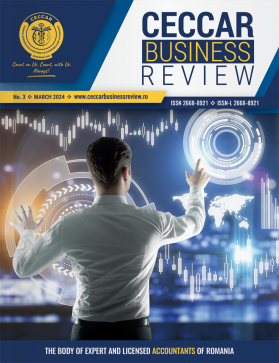
Analysis of the Decisive Factors of the VAT Gap
Number 10, October 2022 » Taxation
Abstract: This paper aims to identify the possible factors that influence the value added tax gap – the VAT gap. The VAT gap is an estimate of the unpaid VAT in the economy, calculated as the difference between the theoretical obligation for the value added tax that can be collected in respect with all the transactions in the economy and the actual VAT paid to the state budget. A high value of this indicator may highlight issues related to tax evasion and the inefficiency of the tax system. The article summarizes existing studies that quantify the VAT gap and aims to identify the relationship between the VAT gap or the VAT revenues and various economic, fiscal and social factors present in EU member countries. The panel regression and clustered regression models have been used in this paper in order to determine the statistically significant variables that have an impact on the VAT gap.
Classification JEL: F15, H21, H22, C23 | Pages: 34-41
Statistics:
abstract views 97 |
PDF downloads 110 |
PDF views 57



